Authors
No matching authors found
Try adjusting your search criteria
Advertisement
Advertisement
Trending on Pharmacy Times
1
Updated Hypertension Guidelines Are Here
2
Carefully Consider Ethical Implications of Artificial Intelligence Use in Pharmacy
3
Striking the Balance: Evidence-Based versus Defensive Medicine
4
Learning From Last Season: What RSV Rates Tell Us About Vaccination Needs This Year
5






